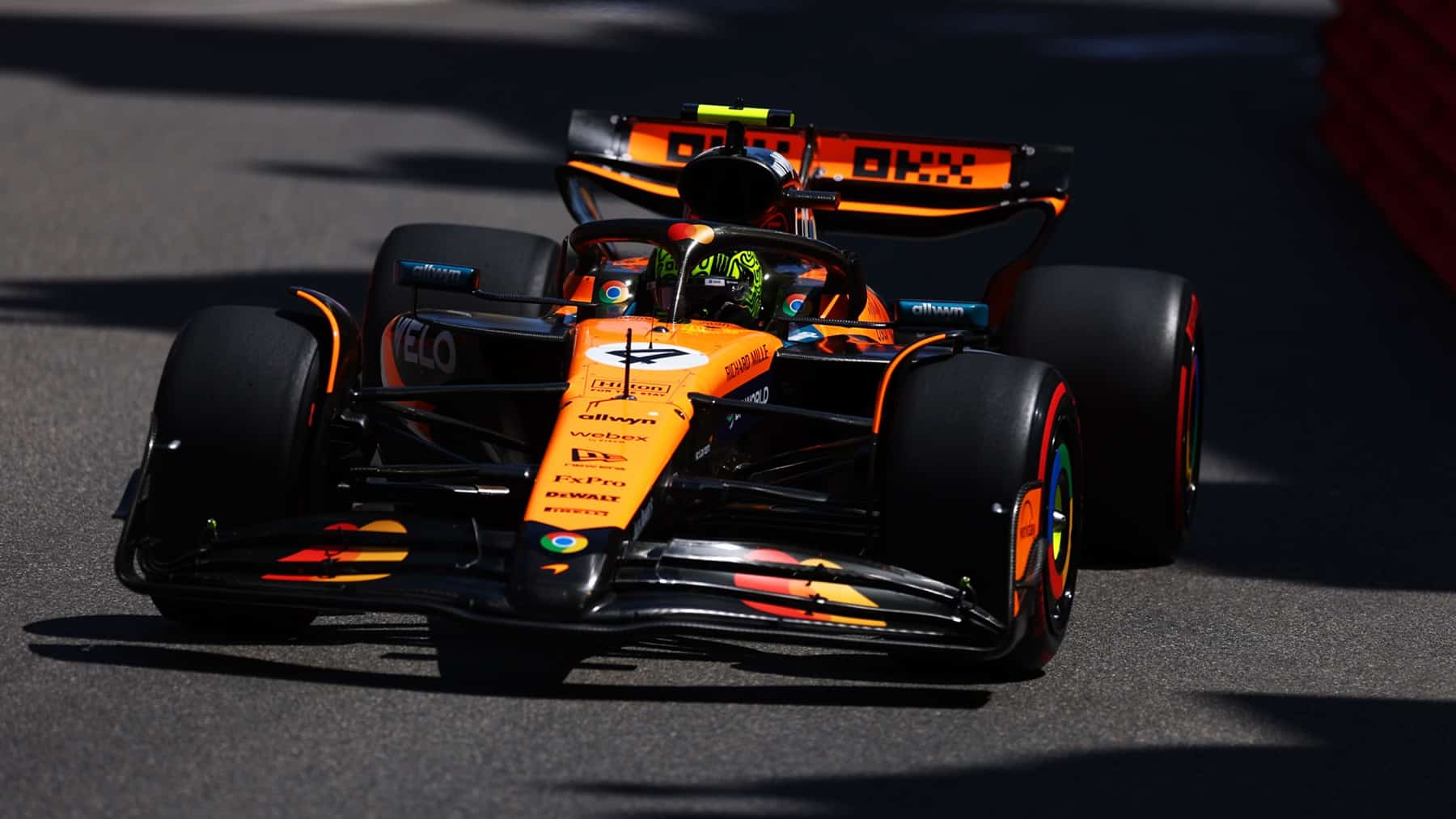It seemed like this was the time. This time it was going to be the one for Fernando Alonso in Monaco. Because while Norris was trying to figure out where he could win the race against a helpless Leclerc, who was forced to make two pit stops for the sake of the show, which served no purpose, the Asturian saw how, for one reason or another, he was also going to leave Monte Carlo without any points. And this time for no other reason than because the Mercedes engine in his Aston Martin didn’t want to.
Alonso leaves Monaco with another zero in the World Championship and now has eight races without scoring any points…
And this was something he had already said, not only here, but also in the last Grand Prix in Emilia-Romagna. “If luck is on our side…” But it wasn’t to be, and the Asturian was forced to retire when he was doing his best and when he could have done his best in these eight races.
And it’s a shame. Not only because he was going to take four points for his tally (he was virtually eighth after the stops by Ocon and Hadjar), but because it was truly a demonstration that his Aston Martin is capable of much more than anyone could have believed. A twisty, narrow circuit where everything is decided in qualifying. And that’s where Alonso performed best, and probably his best all year. That’s racing.
He did it, as he did in Imola, by driving all weekend in much higher and more optimistic positions than he had seen all year. Finally, Aston Martin was working and delivering results. But shortly before the halfway point of the race, when everything was still to be decided, Alonso began to notice strange faults in his engine that became more pronounced with each lap and as time went on. He was losing two seconds when Norris felt Leclerc, who was not giving up at home, the whole race, but in Monaco you have to do something that is not on any route: entrust yourself to luck to get something extra that is not part of any strategy.
Norris and McLaren got the variable strategy right in Monaco
Because yes, Norris ended up winning a race in Monaco, the first time in his life he has won on the streets of the Principality, with Charles Leclerc behind him, whom he kept at bay throughout the race. No, the rule of two mandatory pit stops to promote spectacle and overtaking didn’t work either, which didn’t give a chance to try to pass Norris, who was impossible to pass on the track or in the pits. Piastri completed the podium and is now even further ahead in the World Championship.
The McLaren driver, who on Saturday set a new lap record to take pole position in Monte Carlo, controlled the race with authority, supported by his team, who this time perfectly interpreted the complex double pit stop strategy, a new rule introduced by the FIA this year to make the race more exciting.
Williams’ choreography allows Williams to score a point
This strategic variability led to a wide variety of situations. The move by Williams with its two drivers seemed to be a success, and in a way it was. Sainz had sacrificed his race so that his teammate Albon could make his last stop without going out into traffic and finish in the points. But that wasn’t all, because once that was done, Albon let Sainz pass him to do exactly the same thing: slow down the pace with the Mercedes so that Carlos could also make a pit stop without losing positions and finish in the points.
Thanks to this almost choreographed team effort, Sainz was able to score a point with a commendable tenth place finish that feels like more than just a result.
The RB team was also a key player in this race, especially Isack Hadjar. Red Bull’s junior team had a very clear strategy and, sacrificing Lawson once again, made Hadjar’s second pit stop so that the Frenchman, in eighth position, could forget about the rest of the race. The drivers’ radios, trying to get the full picture, were buzzing with questions to their teams about whether to push or slow down. That’s when Williams tried to do the same.
Alonso was in that race, in fifth place with only one stop completed, although with plenty of room to play with the second (in the worst case, he would finish eighth). He was driving without the electrical part of the engine, where a series of slow laps later, the Mercedes engine said it couldn’t go on, the first time all year that a Mercedes engine had broken down, and the Spaniard retired without a prize. Once again.

